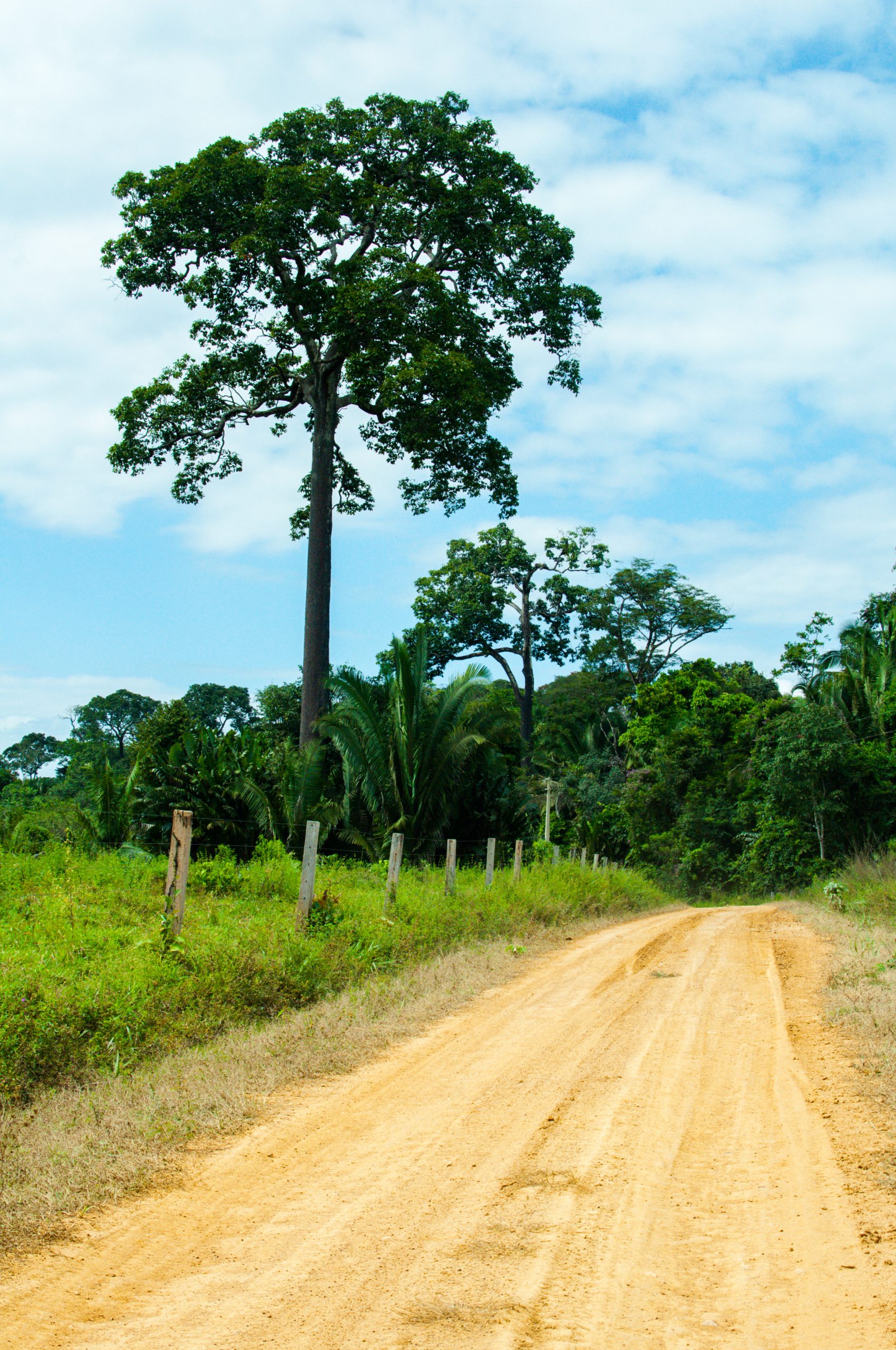Duration of engagment
Short (3-12 months to establish preferential sourcing, then ongoing)
Cost
$$-$$$ depending on whether the company chooses to adopt existing standards and criteria and work with existing L/JIs, and whether its own purchasing systems can easily adapt to implement preferential sourcing
In the real world
Curating change through a qualifying list
At the 2015 UNFCCC Conference of the Parties, the then co-chairs of the Consumer Goods Forum Unilever and Marks & Spencer announced that each company would prioritize sourcing commodities from areas that have designed and are implementing jurisdictional forest and climate initiatives. Since then, they have worked closely with other companies, NGOs, and individual experts on how best to do so. The group’s resulting Commodities/Jurisdiction Approach (CJA) defines a set of criteria for evaluating jurisdictions’ forest and climate progress, and curates a list of jurisdictions that quality. Companies can use this list to inform their procurement decisions with a preferential bias toward qualifying jurisdictions as a complement to their supplier-specific sourcing criteria. The CJA enables companies sourcing different commodities from multiple geographies to adopt a harmonized approach to drive increasingly sustainable outcomes.
Keeping an eye on ethical commitments
The Accountability Framework Initiative (AFi) is a collaboration of global and regional environmental and social NGOs. It provides guidance to companies on how to establish, implement, and monitor ethical supply chain commitments. AFi has produced brief guidance on preferential sourcing from L/JIs, and how the incentives and rewards from doing so can drive measurable progress. Yet it also cautions against completely disinvesting from problematic jurisdictions. Rather, companies should keep sourcing from sustainable suppliers within those jurisdictions, while closely engaging with government, suppliers, NGOs, and communities to bolster sustainable production and forest protection in the jurisdictions overall.
Key points for companies

Adoption: Adopt clear and consistent criteria for preferential sourcing at the landscape/jurisdictional level. These criteria will define levels and types of preference in sourcing, and the conditions under which the company will reduce or discontinue sourcing from suppliers in a given landscape/jurisdiction.
- Criteria for measuring the quality of L/JIs should address their social, environmental, and economic goals; strategic plans; role of governance and policy; and M&E system. The Commodities/Jurisdiction Approach is one tool that provides predetermined criteria for assessing L/JIs.

Implementation: Seek new suppliers within landscapes/jurisdictions that meet selected criteria and/or expand sourcing from existing suppliers in these regions. For early stage L/JIs, companies may still need to assess and verify whether individual suppliers comply with social and envi-ronmental targets. As more advanced L/JIs can demonstrate a high level of effectiveness in stopping deforestation and exploitation, companies may be able to rely on monitoring done at landscape/jurisdictional scale to ensure suppliers meet their sourcing criteria. Companies should publicly specify their use of landscape/jurisdictional preferencing, criteria, and preferred sourcing regions. This sends a clear market signal that progress at that level of the landscape/jurisdiction strongly informs sourcing decisions.
- Link decisions to decrease purchases from jurisdictions struggling to meet sustainability criteria with ongoing dialogue and engagement with other purchasers, and with the government, suppliers, and other stakeholders in the region. This incentivizes improvement, rather than just letting these jurisdictions default to supplying purchasers with lower standards.

Growing support: Engage directly with L/JIs to help them achieve and maintain their qualifications for preferential sourcing. Brands and retailers with purchasing power can profoundly influence suppliers and governments within a landscape/jurisdiction and should coordinate on preferential sourcing approaches through industry platforms such as the Consumer Goods Forum. The combined influence of several major downstream purchasers can have far greater influence than when purchasers act alone.
External conditions that improve likelihood of success
- Stakeholders have access to existing standards and approaches to preferential sourcing from successful L/JIs
- Forums exist for companies to speak to and coordinate with other purchasers of the same commodity, both globally and at the level of individual jurisdictions
- On its own or by working with other purchasers, a company exercises significant leverage over suppliers in priority jurisdictions
- The company can shift a significant proportion of its sourcing to send clear market signals to both preferred and non-preferred jurisdictions in the supply chain
The business case for this intervention
- By adapting a landscape/jurisdiction-level set of preferences, a company can simplify supplier selection and sustainability verification.
- By coordinating preferential sourcing with other purchasers, a company can significantly increase its leverage on landscape/jurisdictional actors and accelerate progress toward sustainable production and forest protection.
- Over time, the spread of preferential sourcing at the landscape/jurisdiction-level can expand the number and diversity of qualified suppliers, with potential financial and sustainability benefits to purchasers.
